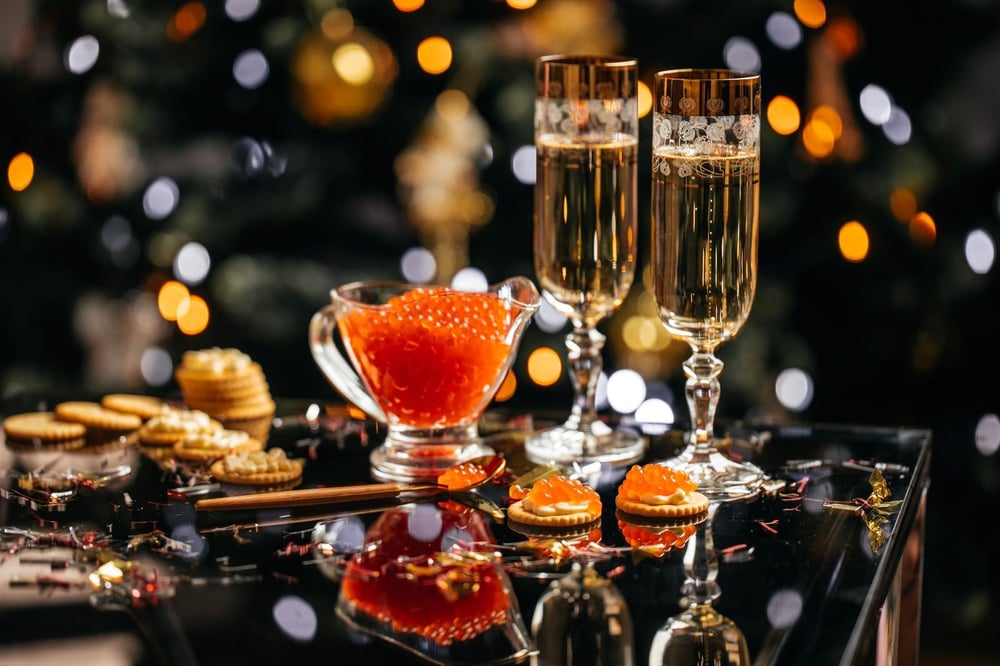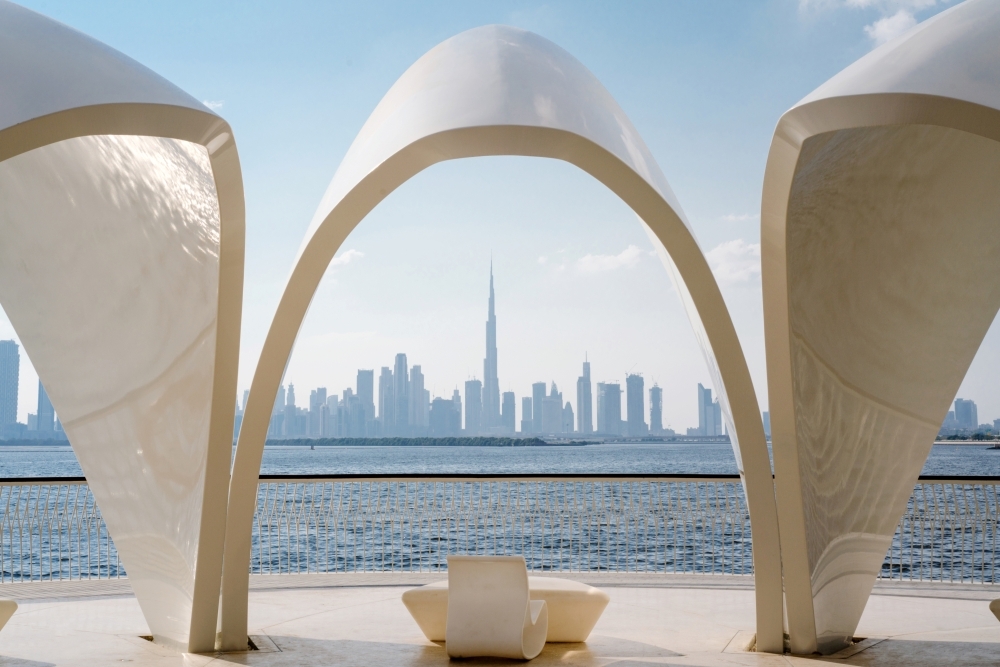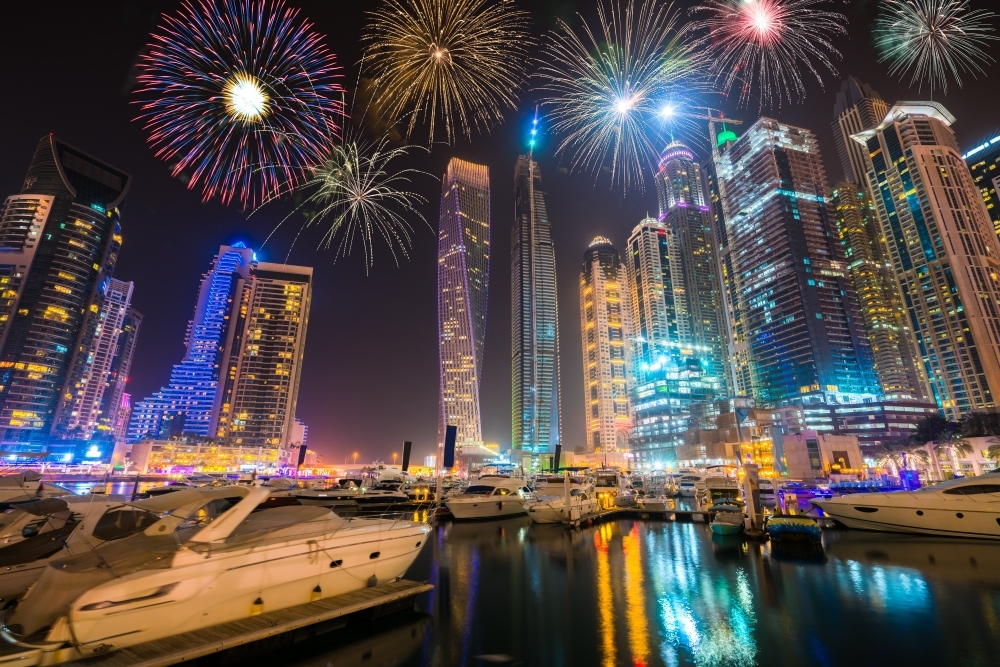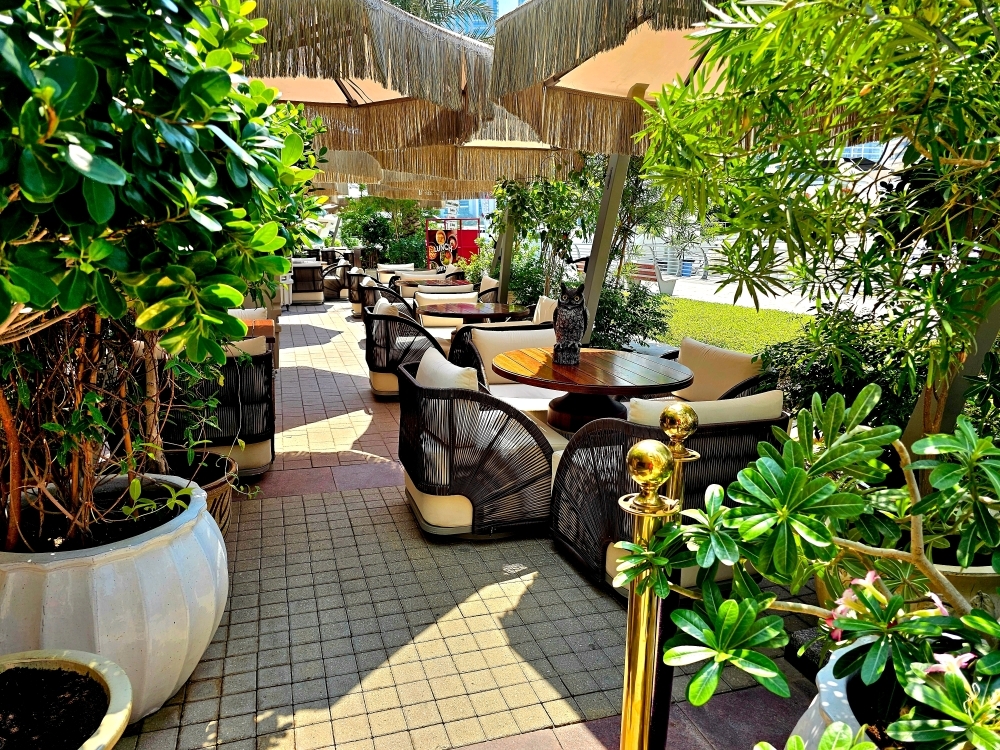The World’s Most Expensive Foods: Eye on Edible Extravagance
From hounds unearthing rare truffles in northern Italy, to saffron weighed like gold in Marrakech, to tacos plated like fine art in a Michelin-starred kitchen in Mexico, these scenes reflect the fascination with über-extravagant ingredients.
For patrons of haute cuisine, there is something endlessly compelling about ultra-expensive food that transcends sustenance, dishes and ingredients so rare, so elaborate, they seem more like sculptures on a plate. A culinary Fabergé egg, delicately adorned with seasoning, would make the perfect example. Throughout centuries, connoisseurs have paid dearly for flavours that come once a season, harvested from exotic landscapes or served on plates that shimmer with precious metal. Here lies a culture where white truffles are auctioned for the price of a sports car, caviar harvested with the patience of centuries, and Wagyu beef so rare that it’s shipped with more documentation than a luxury car.
Fine dining has elevated “dinner out” into a form of theatre with its attention to detail, entertainment, and artistry. Here, we dive fork-first into the most expensive foods on the planet, and how Dubai has embraced these delicacies.

White Alba Truffle – Italy’s ‘White Gold’
Truffles have been prized since antiquity, and among them, the white truffle of Alba reigns supreme. Hidden beneath the soil of northern Italy and unearthed by trained dogs, this knobbly fungus commands extraordinary sums, as much as $300 per ounce, depending on the season. The largest white truffle in decades, weighing 1.5 kilograms, fetched $330,000 at auction. Its draw lies in its unmistakable aroma, a heady mix of earth, garlic, and warm walnuts that transform a simple plate of pasta into a culinary masterpiece. These ingredients are meant to crown the dish they are cooked into, with a handful of delicate shavings elevating the humble into the extraordinary.
Saffron – Red Threads Worth Their Weight in Gold
Harvesting saffron is as poetic as it is painstaking: tens of thousands of crocus flowers, hand-picked at dawn, just to produce a single pound of dried stigmas. Each saffron crocus flower holds only three delicate stigmas, carefully dried before finding their way into cooking. It is little wonder saffron has long been called “red gold”, commanding prices of up to $10,000 per pound. The spice gives food a sweetness that is slightly earthy, grassy, and warm, while its rich golden hue transforms Persian rice or French bouillabaisse into something at once fragrant and luxurious. Long favoured by royal courts and aristocrats, saffron remains one of those rare ingredients whose cost is tied to the sheer labour required to bring it to the table.
Matsutake Mushroom – Forest Rarity of Japan
In the cool forests of Japan, foragers scour the undergrowth for the elusive Matsutake mushroom, a culinary symbol of autumn. With a cinnamon-spiced aroma and firm texture, these fungi are fetching up to $2,000 per kilogram. The scarcity is partly natural, as they grow only in very specific soil conditions near red pine trees, and partly cultural, as they are gifted in elaborate wooden boxes during Japan’s autumn season. For chefs, a single Matsutake is an opportunity to showcase purity of flavour in a clear broth or simple rice dish, letting its fragrance unfurl gently.
Almas Caviar – The Ocean’s Black Pearl
Caviar is already a byword for luxury, but Almas takes indulgence to another level. Sourced from the eggs of a rare albino beluga sturgeon over 60 years old, Almas is the rarest caviar in the world. Packed in a 24-karat gold tin, a kilo sells for around $40,000. Served traditionally on mother-of-pearl spoons to avoid tainting the delicate flavour, its creamy, buttery notes and subtle nuttiness have made it the choice of royalty and haute cuisine for centuries. It is an ingredient to savour slowly, often paired with vintage Champagne, one delicate bite at a time.
Bluefin Tuna (Otoro) – Japan’s Auction Showstopper
At Tokyo’s famed fish markets, bidding wars for a single bluefin tuna have become a near-annual tradition, with one specimen famously selling for $3.1 million. It is the coveted belly cut, otoro, with its marbled fat and melt-in-mouth texture, that commands such reverence in high-end sushi restaurants worldwide. Beyond the numbers lies a cultural regard for the fish itself; in Japan, bluefin has been featured in culinary traditions since the Edo period, where it evolved from a humble street food ingredient to the indispensable element of luxury sushi dining.
Gooseneck Barnacles – From Hazard to Haute Cuisine
Fixed to the wave-lashed rocks in Spain and Portugal, gooseneck barnacles are harvested by hand in treacherous conditions, often compared to extreme rock climbing with an incoming tide. That danger is reflected in the price tag – around $500 per kilogram. Their flavour, somewhere between lobster and clam, is delicate yet powerful, the essence of the ocean concentrated in a single bite. It is the thrill of knowing what it takes to put them on the plate that draws many towards them.
Edible Gold Leaf – The Dramatic Dining
Gold has long been used to signal wealth and occasion, from medieval feasts to modern-day patisserie. Edible gold leaf – 24-carat and flavourless – costs around $70 for just a few grams and turns otherwise ordinary desserts into shimmering showpieces. It is most often applied to chocolates, cakes, or even cocktails, serving no purpose but to delight the eye and convey distinctiveness.
$25,000 Taco – Mexico’s Gilded Street Food
In Mexico, one resort took street food of humble origin to extravagant extremes. The $25,000 taco features a gold-infused tortilla, filled with Kobe beef, lobster, Beluga caviar, and truffle-infused brie, topped with a sprinkling of ground civet coffee beans. It is accompanied, naturally, by an ultra-premium tequila salsa. The dish was created by Executive Chef Juan Licerio Alcala at the Grand Velas Los Cabos resort. Interestingly, guests are expected to place a deposit and wait several days for the ingredients to be prepared.
Louis XIII Pizza – $12,000 Slice of Italy
Created in Salerno, Italy, the Louis XIII Pizza includes lobster medallions flamed in cognac, three types of caviar, Mediterranean prawns, and rare cheeses, all atop a dough matured for 72 hours and finished with edible gold. Served with vintage Champagne and cognac, it is recognised as one of the most expensive pizzas ever made, which costs around $12,000 and requires 72 hours’ notice to prepare.
Golden Fabergé Pudding – $35,000 Dessert
In England’s Lake District, one hotel offers a chocolate pudding fashioned like a Fabergé egg, complete with edible gold, Champagne jelly, and a two-carat non-edible diamond as garnish. Priced at $35,000, it is a dessert that blurs the line between culinary art and jewellery, and it holds the Guinness World Record as the most expensive dessert ever sold in the UK.
Dubai’s Taste for Edible Opulence
Dubai, home to the world’s only seven-star hotel and restaurants that serve gold-leaf lattes, naturally welcomes these global luxuries with open arms. Among them is the Black Diamond Sundae, served at Scoopi Café, priced at $817 and presented in a Versace bowl, made with Madagascan vanilla, Iranian saffron, black truffles, and topped with 23-karat gold.
There is also the Royal Gold Biryani that is found at Bombay Borough in Dubai’s DIFC district. This $270 dish comprises three kilograms of saffron rice, grilled meats, roasted nuts, pomegranate seeds, and shimmering gold leaves, presented on an enormous golden platter. Even cupcakes receive the royal treatment: the Golden Phoenix, valued at $1,000, is sold at Bloomsbury’s in Dubai Mall. It is made with Ugandan vanilla, Italian chocolate, and gold-dipped strawberries, while being presented with its own gold-plated trolley stand and golden tea set.
For those seeking the ultimate indulgence, Beluga, which is located in Mandarin oriental Jumeirah, serves Almas caviar – 250 grams for around $14,000 – paired with edible gold cigars. And available at Nusr?Et Steakhouse, the now-famous Golden Tomahawk wagyu ribeye, wrapped entirely in gold leaf, commands around $1,000.
Conclusion
Behind every luxury dish is a journey where humble hands pull these treasures from rocky lands or dive deep into the blue sea. The story stretches from quiet harvests or centuries-old traditions to plates served under chandeliers in cities like London or Dubai.
The world’s most expensive foods celebrate life’s most extravagant possibilities, crafted by the hands of chefs whose creativity turns food into unforgettable culinary experiences.



